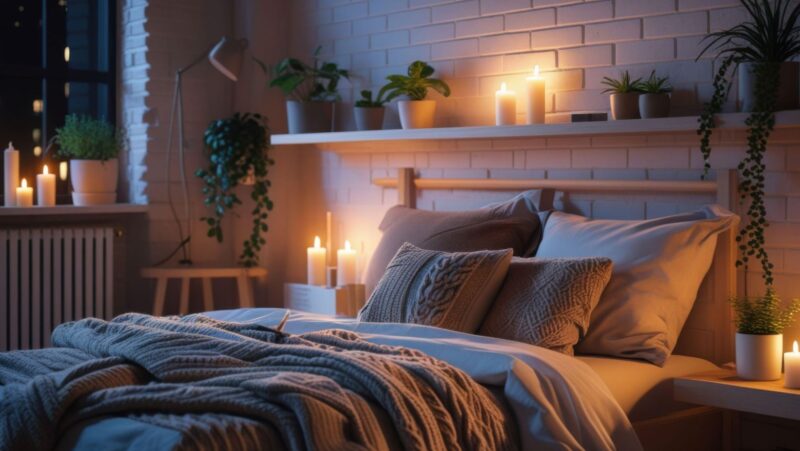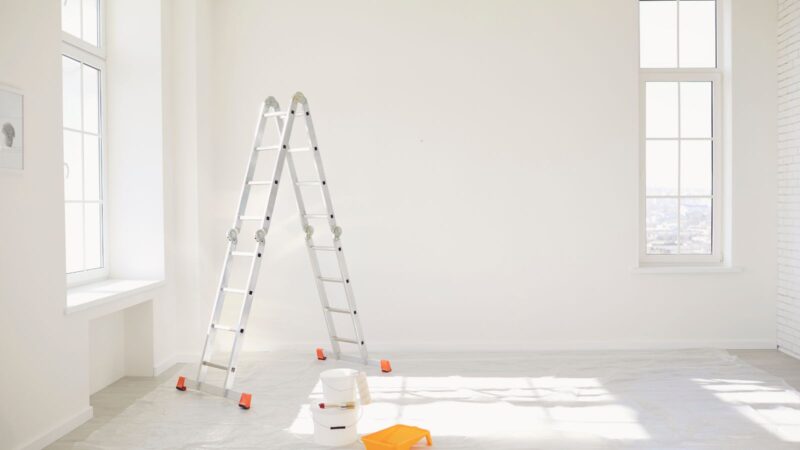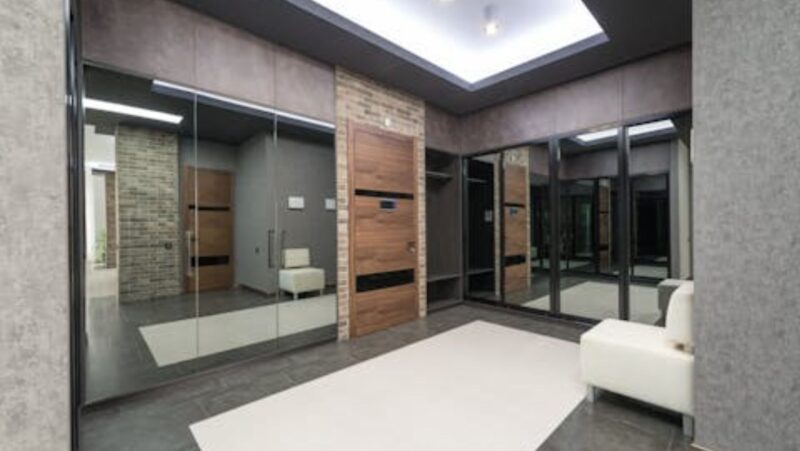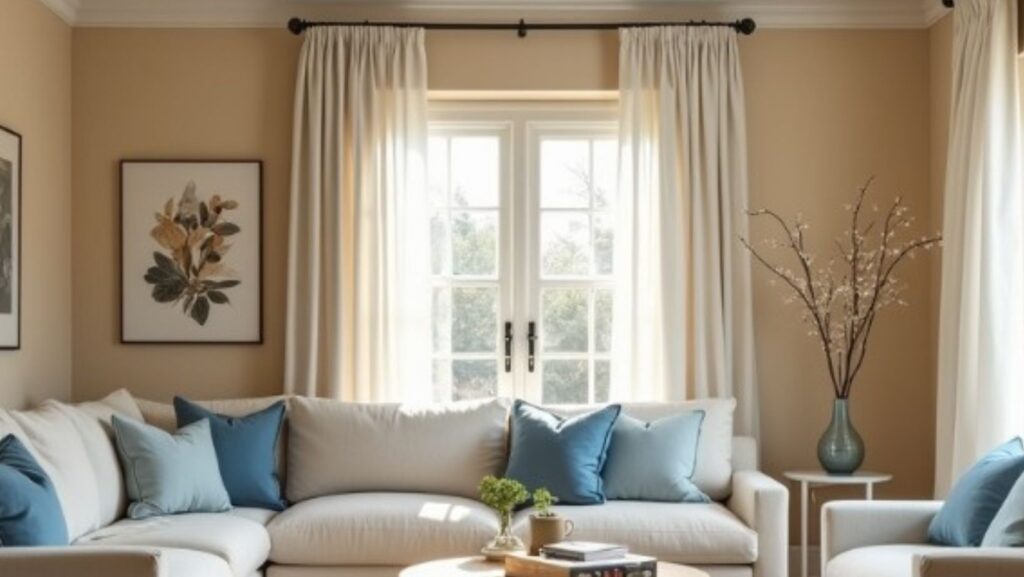
At KD Architects, they understand that selecting a color scheme can be one of the most challenging aspects of home design. Not only does the right palette enhance the aesthetic appeal of your living space, but it also plays a crucial role in creating an atmosphere that is both welcoming and comfortable. Whether you are starting from scratch or planning to refresh your existing decor, these five tips will guide you in choosing a color scheme that perfectly complements your home design project.
Consider Your Personal Style
The first step is to reflect on your personal taste and the style of decor you desire. Ask yourself if you are drawn to modern, minimalist designs with clean lines, or if traditional, detail-rich styles better suit your preferences. Your chosen style will influence your color decisions.
For example, if you are inspired by the simplicity of Scandinavian design, consider a palette that includes white, black, gray, and light wood tones. These colors create an inviting yet contemporary environment while serving as a versatile backdrop for additional accents. Personal style extends beyond aesthetics—it is about crafting a space that truly reflects who you are, from the furniture you select to the textures and patterns that complete each room.
Understanding the Role of Light and Materials
Lighting significantly impacts how colors are perceived in any space. Natural light can brighten and enrich a room, making colors appear more vibrant and the area feel larger. Conversely, artificial lighting can alter color tones, sometimes making them seem warmer or cooler than intended.
It is essential to observe your chosen colors in different lighting conditions—morning sunlight, afternoon shade, and evening illumination—to ensure they remain consistent throughout the day.

In addition to light, the materials in your home also play a critical role in the overall design. For those looking to update surfaces, learning how to paint engineered wood can be a valuable skill. This technique allows you to refresh furniture or cabinetry while maintaining a cohesive look. As you experiment with various finishes and textures, keep in mind that each material interacts uniquely with light and color.
Integrating neutral tones into your design can further enhance the balance of your color scheme. Neutrals such as beige, gray, white, or taupe provide a stable foundation that allows bold accent colors to stand out. They are also incredibly versatile, adapting well to changes in decor and style over time.
Utilizing color psychology is another effective strategy. Certain colors have inherent psychological effects; for instance, blue is known for promoting calm and can be an excellent choice for bedrooms. Similarly, incorporating green in kitchens and dining areas can evoke a sense of nature and refreshment. In rooms with less natural light, warmer tones like red can add a sense of comfort and energy. This thoughtful use of color not only beautifies your space but also enhances your everyday living experience.
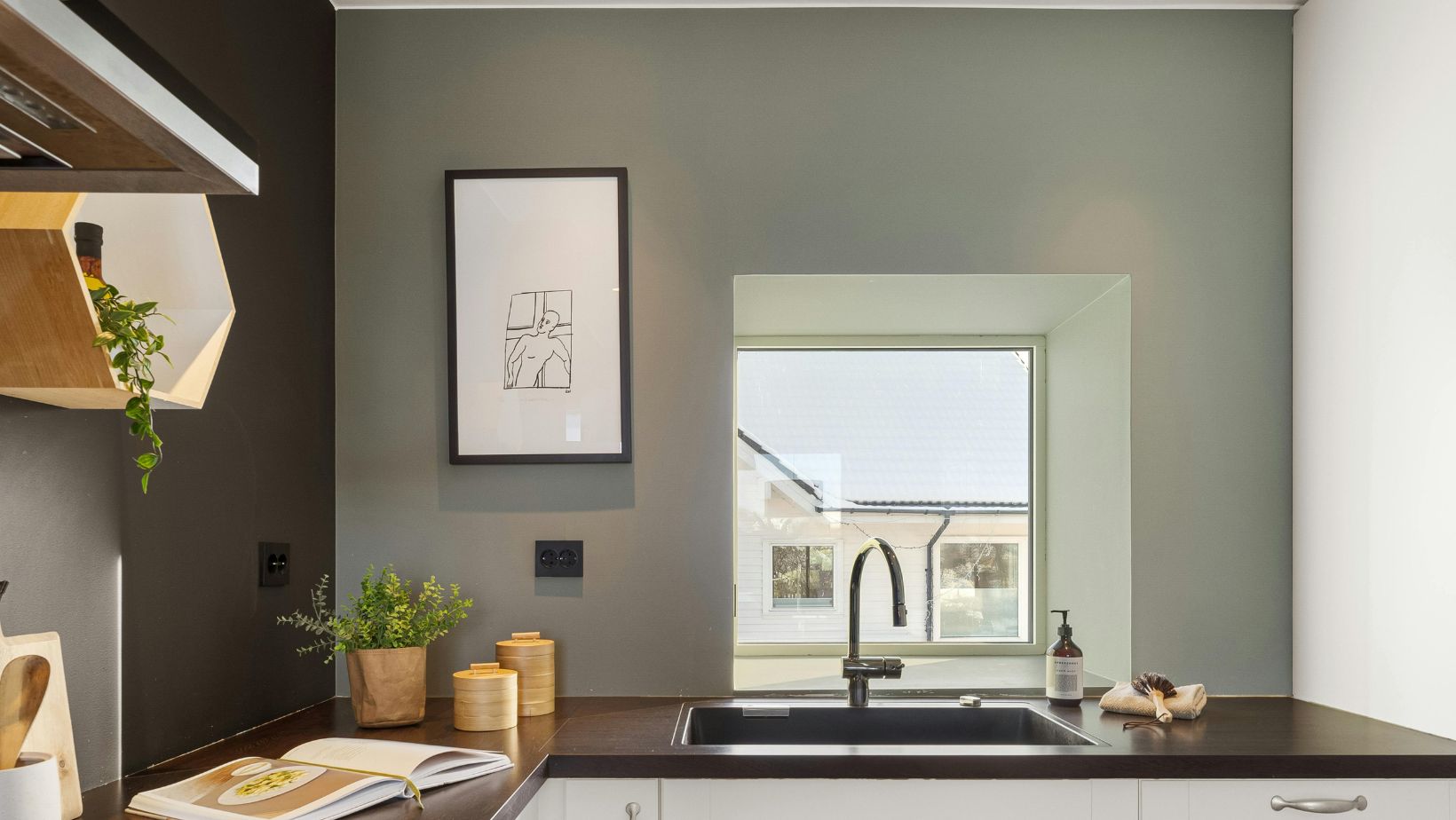
In conclusion, choosing the perfect color scheme is both an art and a science. By considering your personal style, understanding the impact of light and materials, and utilizing principles of color psychology, you can transform your home into a space that is both beautiful and functional.
Whether you are selecting the right shades for your walls for a seamless finish, every choice contributes to a harmonious living environment. With these five tips, you are well on your way to creating a home that not only looks stunning but also feels uniquely yours. Embrace creativity and confidence in your design choices to achieve a truly personalized and inspiring home. Let your vision shine.







